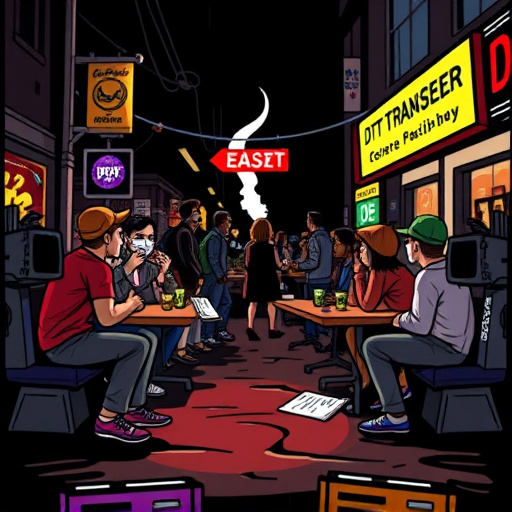Website designers in competitive digital markets like Dallas, Fort Worth, and South Florida emphasize user-centric approaches. Researching target audiences' needs through qualitative and quantitative methods ensures designs meet genuine requirements. Intuitive navigation simplifies websites, boosting user satisfaction and SEO. Visual aesthetics captivate users while maintaining functionality, with current design trends enhancing engagement. Local businesses should optimize branding and employ effective link building for increased visibility.
In today’s digital landscape, a successful website is built on user-centric design. As a website designer, understanding your audience’s needs is paramount. This article explores key strategies to enhance user experiences. We delve into research methods and empathy building to ensure designs meet user expectations. Additionally, we’ll uncover best practices for intuitive navigation and visual aesthetics that foster engagement. By implementing these principles, designers can create websites that captivate and satisfy users.
- Understanding User Needs: Research and Empathy
- Creating Intuitive Navigation Structures
- Visual Design for Optimal User Engagement
Understanding User Needs: Research and Empathy

Understanding User Needs begins with thorough research and empathy. Website designers must delve into their target audience’s motivations, behaviors, and pain points to create meaningful experiences. This involves utilizing qualitative and quantitative research methods, such as surveys, interviews, heatmaps, and analytics, to gain insights that go beyond demographics. By empathizing with users, designers can transform cold data into actionable solutions, ensuring the website meets real needs and exceeds expectations.
This user-centric approach is crucial for web design in Dallas and beyond. What works for one audience might not resonate with another, so tailoring designs to local preferences and behaviors is essential. Moreover, leveraging the expertise of an SEO consultant near me can help integrate best practices for local citation services, enhancing visibility and accessibility for users within specific geographic areas.
Creating Intuitive Navigation Structures

In creating a user-friendly experience, intuitive navigation is key. Website designers must craft structures that mirror users’ mental models, making it easy for them to find what they’re looking for. This involves simplifying menus and categorizing content logically, with clear labels and hierarchical organization. By designing for ease of use, website designers in Fort Worth can significantly enhance user satisfaction and encourage longer browsing sessions, thereby increasing website traffic organically.
A well-designed navigation system not only helps users but also plays a crucial role in search engine optimization (SEO). Search engines prioritize websites with robust, user-friendly navigation, making it easier for them to crawl and index content. This can indirectly contribute to better rankings and improved visibility for link building services, ultimately driving more relevant traffic to the site.
Visual Design for Optimal User Engagement

In the realm of user-centric web design, visual aesthetics play a pivotal role in capturing and retaining user engagement. Website designers have a powerful toolset at their disposal to create visually appealing interfaces that not only delight but also guide users through the digital landscape. Balancing aesthetics with functionality is key; clean layouts, intuitive navigation, and a cohesive color palette form the foundation of an engaging website. Incorporating high-quality visuals, such as images, videos, and graphics, can significantly enhance user experience, making complex information more digestible and fostering emotional connections.
For web designers in South Florida or those offering local SEO services, understanding visual design trends and best practices is essential to stay ahead of the competition. Effective visual design strategies not only attract visitors but also encourage them to explore deeper into a website. This can be achieved through strategic use of white space, eye-catching typography, and interactive elements that respond to user interactions. Additionally, local businesses should consider how their branding and visual identity can be leveraged in link building services, ensuring consistent messaging across various digital platforms.
User-centric web design is not just a trend but an essential practice for any successful online presence. By prioritizing user needs, from research and empathy to intuitive navigation and visually appealing interfaces, website designers can create digital experiences that resonate with audiences. This strategy ensures better engagement, higher conversion rates, and fosters long-term user loyalty. As the digital landscape evolves, staying user-focused will remain a key differentiator for any website designer aiming for excellence.














